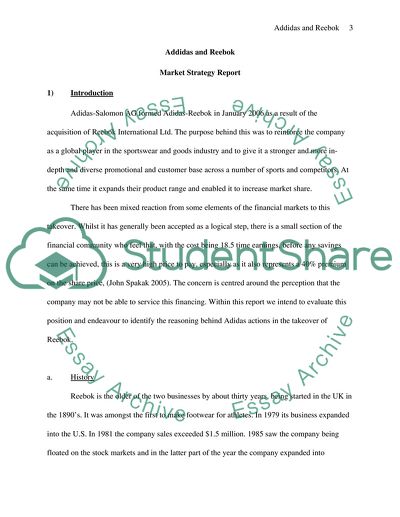Cite this document
(Market Strategy of Adidas and Reebok Term Paper, n.d.)
Market Strategy of Adidas and Reebok Term Paper. Retrieved from https://studentshare.org/marketing/1704365-mba-strategy-report-addidas-reebok
Market Strategy of Adidas and Reebok Term Paper. Retrieved from https://studentshare.org/marketing/1704365-mba-strategy-report-addidas-reebok
(Market Strategy of Adidas and Reebok Term Paper)
Market Strategy of Adidas and Reebok Term Paper. https://studentshare.org/marketing/1704365-mba-strategy-report-addidas-reebok.
Market Strategy of Adidas and Reebok Term Paper. https://studentshare.org/marketing/1704365-mba-strategy-report-addidas-reebok.
“Market Strategy of Adidas and Reebok Term Paper”, n.d. https://studentshare.org/marketing/1704365-mba-strategy-report-addidas-reebok.


